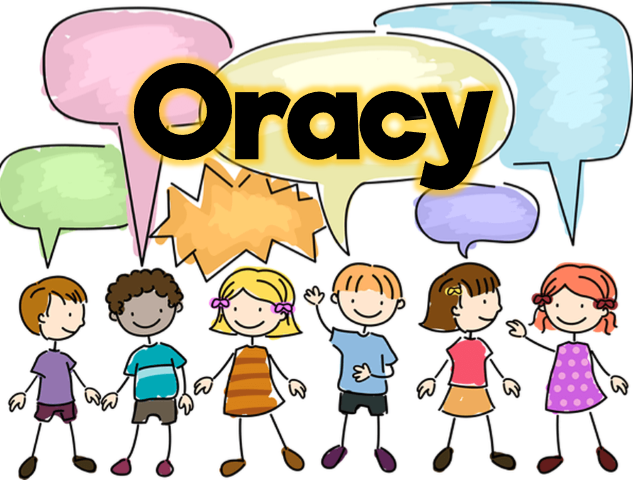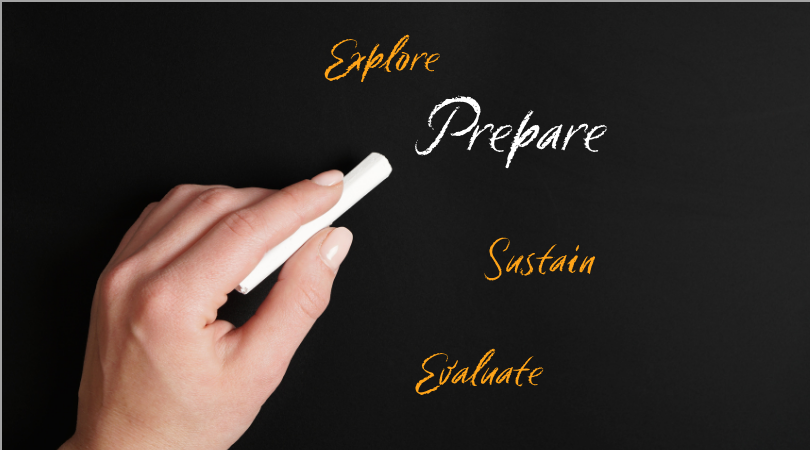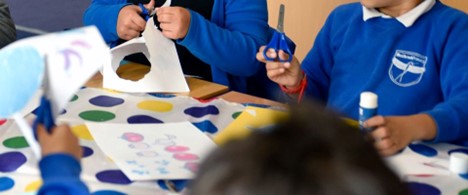Thinking Skills - When they became popular: Why and What Now?
'Before and during the early stages of the thinking skills movement of the past 20 to 30 years, the 'brain-mind' was often called a 'black box', an unknown and unknowable mystery.'..... It was during the mid-1980s 'thinking' or 'thinking skills' became popular in schools.
The history of education in many countries around the world shows quite conclusively an overlapping acceptance of behaviourism and theories of static “intelligence” which helped to shape an educational paradigm that was based on a “banking” system of learning content, not on the direct facilitation of thinking skills, dispositions, deep questioning leading toward improved thinking and learning.
we can look back and see that the mysterious black box of brain functioning was central to how we underestimated human capacities and learning.
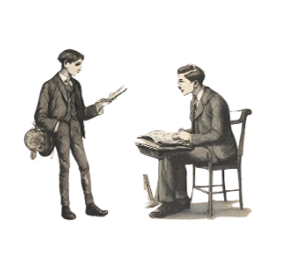
The view was that some students could “naturally” learn and think better, whereas others, deterministically, were relegated to a life of low-level thinking… and by extension, less education and low-level work.
It was well accepted that during the week teachers provided learning in chunks, like depositing pieces of silver, from which withdrawals were made through quizzes and tests. If the ‘deposit’ was not learned, lessons were often repeated in the same format regardless of learners’ individual cognitive dispositions, development of common thinking skills/processes or the complexity of their unique capacities (Freire, 1970). Children were thus stuck forever on the Bell Curve statistical graph.

The Paradigm Shift
Before and during the early stages of the thinking skills movement of the past 20 to 30 years, the “brain-mind” was often called a “black box,” an unknown and unknowable mystery. Breaking through the existing paradigm was the slow integration of process writing, problem-based learning, cooperative learning, and thinking skills instruction.
An emphasis on thinking skills and conceptual learning led to a wide array of thinking skills programs in the 1980s, with a focus on higher-order questioning using Bloom’s Taxonomy of Educational (cognitive) objectives and opened doorways to a constructivist view of learning and pedagogy. A very wide panorama of this movement—and the programs and approaches that embodied the ideas—can be viewed in the multiple editions of Developing Minds (Costa, 1991).
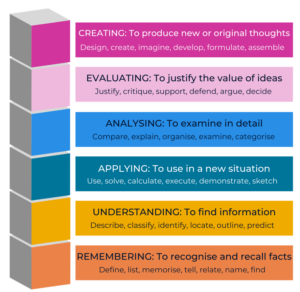
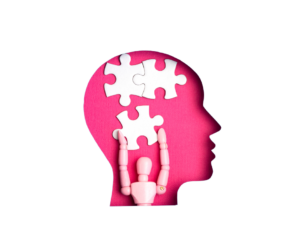
Howard Gardner’s theory of multiple intelligences (Frames of Mind, 1983) was one of the waves that shifted the static view of intelligence and thinking in general, and gave voice and vision to different ways of thinking. Brain research has been a second wave, carrying us toward a new understanding of the complexity of cognition, learning, and human development. With brain research showing the emotional gatekeeping and filtering of the brain comes the third wave, in the form of emotional-interpersonal-social intelligence (Goleman, 1995). As these waves of change influenced classroom interactions, we can look back and see that the mysterious black box of brain functioning was central to how we underestimated human capacities and learning.
The Future
The foundations for the thinking skills movement have been built by cognitive scientists and developmental psychologists drawing from the works of the pioneers such as Dewey, Piaget, Luria, Feuerstein, Vygotsky and so many others. Today, the field of developing thinking skills—or cognitive processes, self-regulation and metacognition in particular – along with dispositions, enquiry-based learning, creativity, and a range of “intelligences” and uses of technology is blossoming all over. With the rise of generative AI, there now exists a restless momentum in contemporary education for developing critical thinking and metacognitive capability.
As educators responsible for ensuring the progress of our leaners and their capacity to thrive in an unpredictable future, the questions must be:
How do we support students to become aware of their thinking (metacognition) so that they may become experts in how their own minds work… so that they have the lifelong capacity to improve their thinking in a rapidly changing world?
How do we support teachers to collectively integrate effective approaches so there is consistency as well as flexible use?
Thinking Schools engage in a range of thinking skills and metacognitive tools to develop independent, creative and reflective learners.
Are you ready to start your Thinking School journey?
